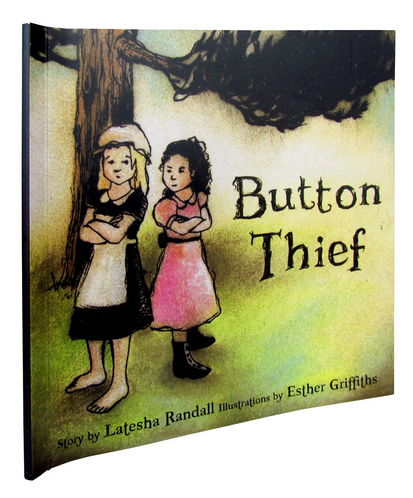
You’ve written a story. You think it’s fantastic. You do some online research and quickly realise that (pretty much) no-one is interested in receiving your unsolicited manuscript. You don’t have a literary agent, and you can’t see an easy way to get one with zero published titles to your name. What now? You can either hope to bump into a big-shot in the New Zealand publishing industry at your cousin’s wife’s next dinner party, chuck your manuscript in the bottom drawer to gather dust, or do what I did at age 19 and self-publish.
Call it what you will: self-publishing, DIY publishing, indie publishing, even vanity publishing. It’s on the increase. Recent figures show self-published books now account for more than 30% of e-book sales on Amazon’s Kindle Store. And there were more than 90 indie publishers represented at the inaugural Auckland Independent Book Festival in August.
It’s what many aspiring writers in New Zealand are faced with as the only option, due to the ever-dwindling number (currently around 400) of local titles that are accepted each year. At present Random House publishes 80-90 books a year, Penguin about 90, and HarperCollins about 20. The remaining 200 or so are scattered between smaller outfits such as Auckland University Press, Victoria University Press (VUP), Bridget Williams Books, Huia, Awa, David Bateman and Craig Potton.
I’ll be straight up – self-publishing is hard. Unless you’re one of the very few success stories like Annabel Langbein (21 titles and $2m+ in sales) or Waikato’s Julie Thomas, whose 45,000 e-book sales of The Keeper of Secrets got the attention of HarperCollins, it’s a lot of hard slog for not so much financial reward.
In my case, four years has seen my children’s story Button Thief sell over 1,000 copies in New Zealand, and independent publisher RSVP has offered to publish my second story, Abigail Knightly in 2015. While this is great, there are so many things I could have done better – if my enthusiastic 19-year-old-self had the chance to do it all again, here’s what I’d tell her about self-publishing:
Do your market research. I went into things fairly blissfully, with a very niche style book. I didn’t know any published/self-published authors, had no industry contacts, and figured out every step by myself. Although this was all great learning, I could have talked with bookstore owners to find out basic things like what standard mark-up rates are, if they stock self-published books or not (many bookstores don’t), and what styles of books their customers like. I’ve since come across handy free guides, like this one by successfully self-published author James Russell. It’s worth reading to get the basics nailed.
Shop around for a printer. I chose to get my book printed here in New Zealand, and I’m glad I did, but I could have gotten a much better deal if I’d had more than two quotes to choose from. Small, ‘vanity press’ style printers tend to charge big bucks. The type of binding (staple, perfect bound, spiral, etc) you want is going to affect costs significantly as well. Remember that smaller print runs are ok – I got 600 for my first print run, and only found out later that experienced self-publishers tend to only get 200 or so initially to test the market. You can always reprint when they sell out.
Join Storylines (and other industry groups – e.g., NZ Society of Authors, NZ Writers Guild). I found out about Storylines at least a year after self-publishing. This fabulous network of children’s book writers, illustrators, and enthusiasts get together regularly and had so many ideas to offer me. It was very encouraging to meet actual published authors and get their advice.
Enter awards. People tend to get stuck on the publishing bit, forgetting that once all that is organised, you now have hundreds of books sitting there to market – no-one is going to sell your book for you. I didn’t realise until meeting people through Storylines that I was able to enter a bunch of different awards, and by then it was too late. The New Zealand Book Awards, Storylines Awards, Library Association of NZ Awards and PANZ Book Design Awards are all worth investigating – the more publicity you can get for your book the better.
Be bold. The only reason I managed to sell a decent number of my books instead of them getting cobwebby in the garage was by walking straight up to shop owners and asking them if they’d like to stock my story. If they weren’t immediately sure (or weren’t there – often you need to go through a manager), I sent friendly follow-up emails. I put myself out there for giving talks at writing groups, libaries, and bookstores. I had stands at markets. I carried copies in my handbag on planes and whenever we went on holiday, just in case.
Self-publishing isn’t for the faint-hearted, but it is very satisfying to see your story idea come to life and be able to share it with others.
Latesha Randall is a self-published author – and Idealog freelance writer. Contact her at [email protected].


